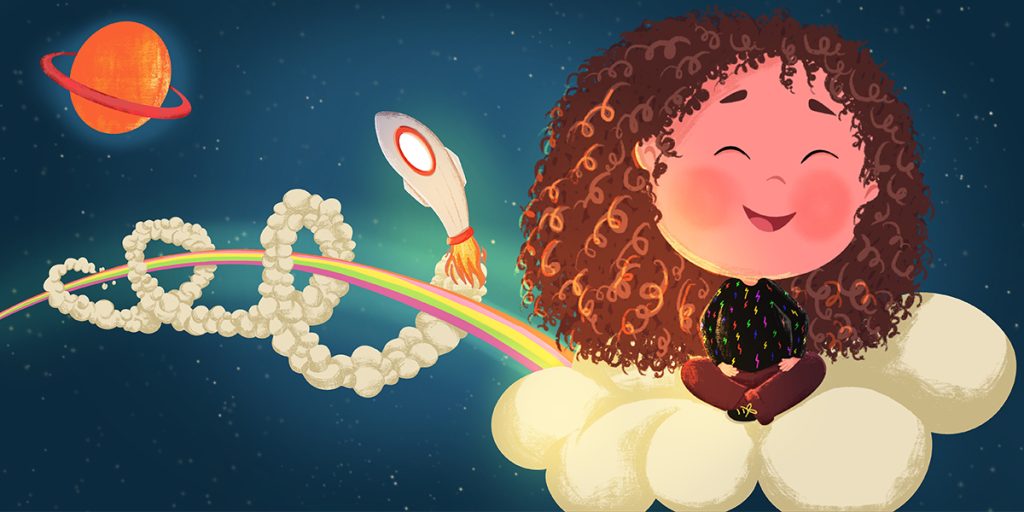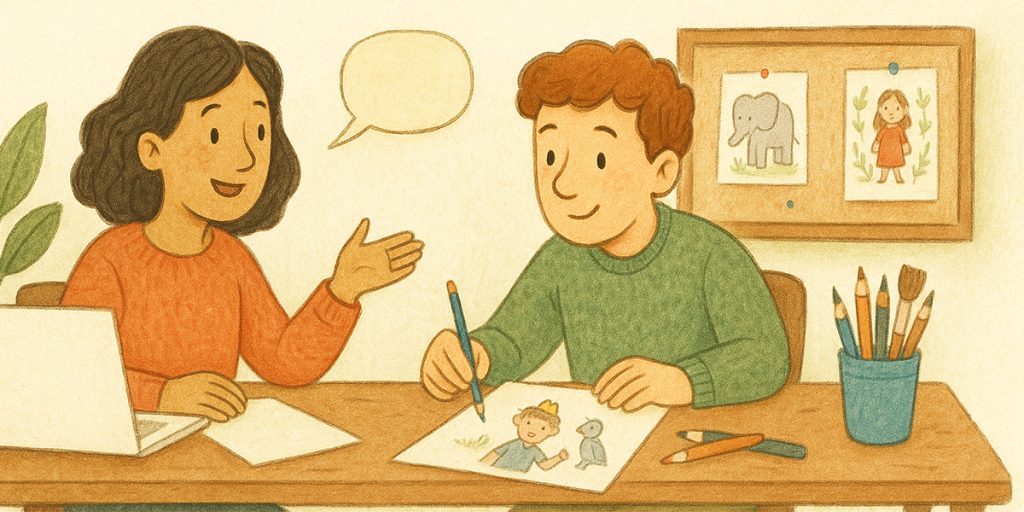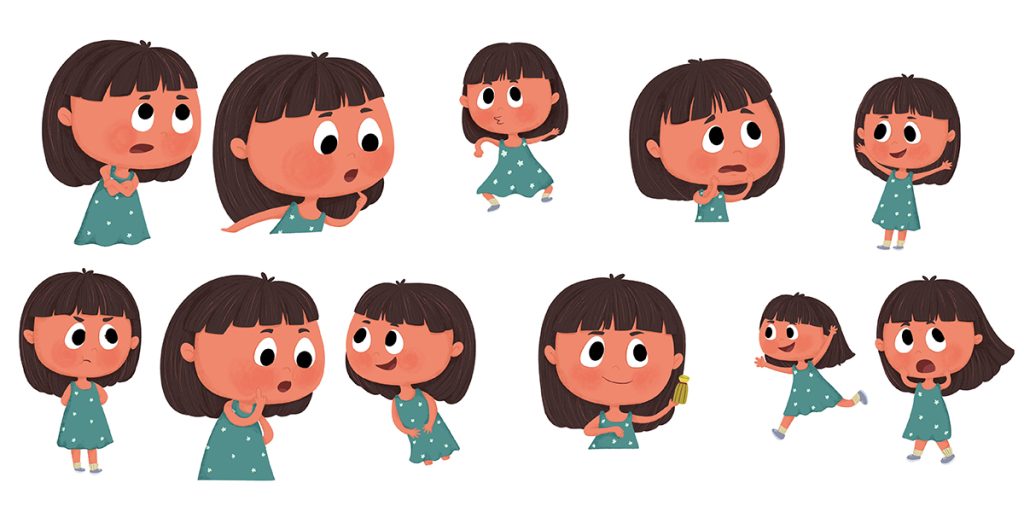Creating characters for children’s books is one of the most exciting parts of storytelling. Every illustrator and author dreams of crafting characters that inspire, teach, and stay in young readers’ hearts forever. But developing truly memorable characters requires more than cute designs or catchy names it takes emotional depth, consistency, and storytelling clarity.
Whether you’re a writer sketching your first hero or an illustrator bringing them to life visually, understanding character development is essential. Let’s explore the top 10 mistakes to avoid in character development especially when working on children’s illustrations.
Ignoring the Character Purpose
Every strong character begins with a purpose. When illustrators skip defining why the character exists in the story, the result is a visually appealing but emotionally empty design.
Ask yourself:
- What role does this character play?
- What lesson or emotion should they represent?
In character development for children’s books, every element from shape to color should reflect personality and purpose. A curious child might have wide, bright eyes; a shy animal might have smaller, rounder features. Purpose gives direction to design.
Making Characters Too Perfect
Children connect best with flawed, relatable characters. A perfect hero always brave, always kind feels unrealistic and forgettable.
Instead, give your characters human traits: fear, doubt, curiosity, or clumsiness. When young readers see a character overcoming imperfections, they learn valuable lessons about growth and self-acceptance.
Even visually, perfection can limit expression. Slight asymmetry, messy hair, or uneven lines can make characters feel more natural and authentic.
Forgetting Emotional Expression
Illustrators sometimes focus so much on composition that they forget the most powerful storytelling tool facial expression.
Children read emotions before they read words. A well-illustrated frown, smile, or tear can express more than an entire paragraph. If your characters lack emotion, your story loses impact.
When illustrating story characters, exaggerate key emotions to help readers feel what the characters feel — surprise, joy, fear, or sadness. Remember: expression builds empathy.
Inconsistent Character Design
A common issue in children’s book illustration is inconsistency. A character’s size, colors, or proportions may change slightly from page to page.
This breaks immersion and confuses readers. Use a character sheet to maintain uniformity include front, side, and back views, as well as expressions and outfit variations.
Consistency doesn’t just make art professional; it also ensures the reader instantly recognizes the character throughout the story.
Overcomplicating the Design
In children illustration, simplicity is power. Overly detailed designs can distract from the story and overwhelm young readers.
Avoid unnecessary accessories or cluttered visuals. Keep shapes bold, colors harmonious, and lines clean. Simple doesn’t mean boring — it means clear.
Think of The Very Hungry Caterpillar or Winnie the Pooh — simple, recognizable characters that are emotionally rich and timeless.
Ignoring Body Language
A character’s body language often says more than their words. Slumped shoulders can show sadness; raised arms suggest excitement or victory.
If body movement feels stiff or unrealistic, characters appear lifeless. During the children’s book illustration process, observe real-life gestures or act out scenes to capture natural poses.
Combine posture, expression, and props to create visual storytelling that feels alive and believable.
Weak or Unrealistic Color Choices
Colors shape how children feel about characters. Using random or inconsistent hues can distort personality and mood.
- Warm tones (reds, oranges, yellows) express energy and happiness.
- Cool tones (blues, greens, purples) suggest calmness or introspection.
- Muted colors convey softness or nostalgia.
In character development for children books, color isn’t decoration its emotion. Choose wisely to match your story’s tone and message.
Neglecting Character Growth
Even in picture books, characters should evolve. A static hero who learns nothing feels one-dimensional.
Show subtle change through expressions, posture, or environment. Maybe your nervous bunny starts with drooping ears but ends standing tall. Growth can be visual, emotional, or both — but it must be there.
When illustrators and authors collaborate on emotional progression, readers experience transformation that feels meaningful.
Designing Without Considering the Audience
Children of different age groups connect with different levels of complexity. Toddlers respond to bright colors and simple shapes; older kids enjoy detailed designs with depth and expression.
One major common character design mistake is ignoring this distinction. Always match your design style to your audience’s cognitive level.
If your target readers are preschoolers, keep visuals bold and friendly. For early readers, use expressive but slightly detailed characters with subtle humor or emotion.
Overlooking the Connection Between Text and Art
The harmony between text and illustration defines the success of any children’s book. If the visuals don’t complement the story’s emotions, the message feels disconnected.
For example, a sad scene illustrated with overly bright tones might confuse the reader. Similarly, if a character’s expression doesn’t match the narrative tone, the emotional flow breaks.
To avoid this, maintain clear communication between author and illustrator. Align on mood, tone, and symbolism before finalizing each scene. This unity ensures seamless visual storytelling that captivates young minds.
Conclusion:
Character development isn’t just about how a character looks — it’s about how they make readers feel. From the first sketch to the final illustration, every decision should reflect the story’s emotion, purpose, and message.
By avoiding these ten mistakes — from inconsistent design to emotionless expressions — you can transform flat drawings into heartfelt characters that inspire and connect.
At The Rainbow Stories, we specialize in turning imagination into meaningful visuals. Our team of illustrators and storytellers combines character development for children books with expressive design to create stories that truly come alive.







